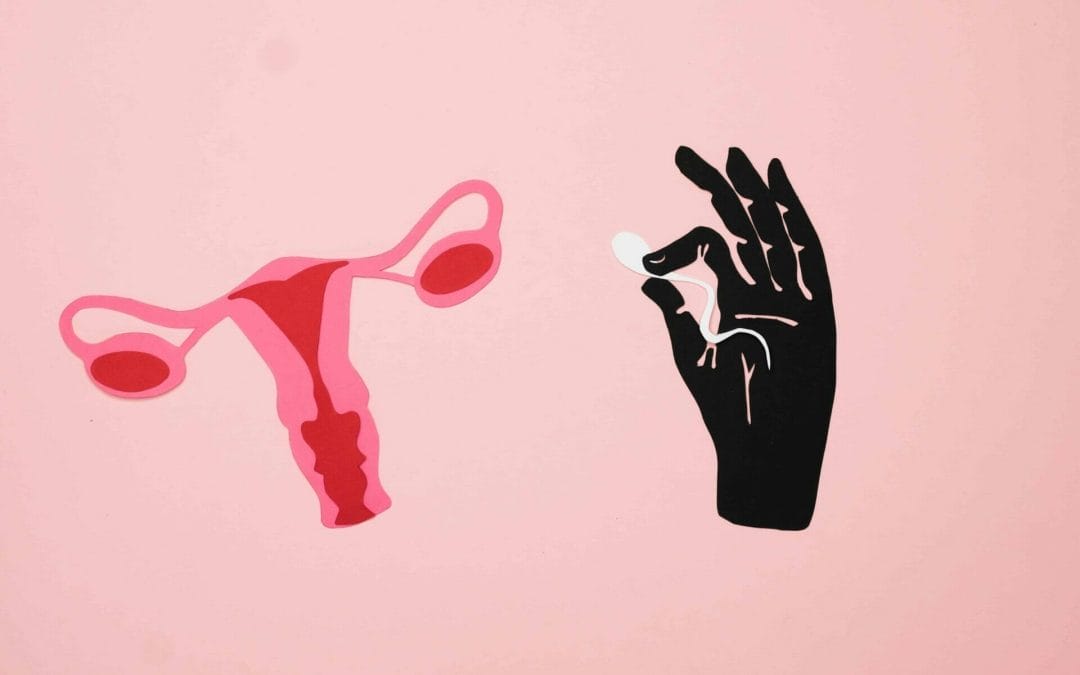Artificial insemination is a fertility treatment that has been in practice since the early 20th century. Back when these treatments were first performed the technology was laughably rudimentary – basically it involved using sperm and a turkey-baster type implement. These days the process is much more effective and sterile, and is also referred to as intrauterine insemination (IUI).
Who Does Artificial Insemination Work For?
This method is ideal in situations where conception is difficult due to a sperm allergy or low sperm count or low mobility. IUI helps cut down on the sperm’s journey to the egg, which can increase the chances of conception in these cases. However, if sperm count or mobility is below a certain threshold then another method of artificial insemination, called intracytoplasmic sperm injection (ICSI) is a better way to go.
Intrauterine insemination can also help when there are unexplained issues with fertility.
What Is The Procedure Like?
In most cases your doctor will have you start a routine of fertility drugs before the procedure in order to increase your chances of becoming pregnant. Generally the drug regiment is started close to the beginning of your menstrual cycle in order to encourage more eggs to release from your ovaries, instead of the usual one.
The time of ovulation will be closely tracked by both you and your doctor. You will be given an ovulation detector so you can track your progress, and when ovulation nears your doctor will use an ultrasound to confirm that the egg has been released before proceeding with insemination.
Once ovulation has occurred your partner will give a sperm sample, which will be washed in a solution that concentrates the sperm into a smaller amount of liquid. The doctor will inject the sperm into a catheter (tube) which is inserted through the cervix and into your uterus. In as little as two weeks a pregnancy test can confirm you are pregnant.
How Long Does A Treatment Take?
The actual insemination process can take an hour or less, but you may be required to take fertility drugs for a week before ovulation. It can take three to six cycles before becoming pregnant, and for some women the cause of the infertility may mean that they have to try a different method of fertility treatment if artificial insemination does not work.
How Effective Is Artificial Insemination?
Factors such as age and the underlying fertility problem will make a difference on how successful artificial insemination is at getting you pregnant. Usually couples using IUI have a 5-20% chance of getting pregnant each time they have a treatment, and this number increases with the use of fertility drugs.
What Are The Pros Of Artificial Insemination?
This type of fertility treatment is not very invasive or expensive, which is why many couples try IUI when they first encounter fertility problems. Couples who have fertility problems on the male side find that IUI is more effective than timing intercourse or natural family planning, and can be more effective for couples who have unexplained fertility problems.
What Are The Cons Of Artificial Insemination?
Timing is extremely crucial for any type of artificial insemination, and the male half of the couple has to be able to produce a sperm sample basically on demand, at the doctor’s office. When ovulation is about to occur you must both be ready to drop what you are doing and head to the doctors, because you will only have a 24-36 hour window before ovulation occurs.
How Much Does IUI Treatment Cost?
Costs vary widely by level of service and where you live. For artificial insemination on its own in the United States you are looking at about $300-$700 per treatment. With the cost of ultrasounds and fertility medication added in the price can go up to $1500-$4000 per treatment. Another variant is whether you are using your partner’s sperm or a donor’s. Most insurance policies don’t cover fertility treatments, so you will have to be ready to pay up front.
Intrauterine insemination is a relatively non-invasive and affordable method of fertility treatment which is used by thousands of Americans each year to get pregnant. If you and your partner are having difficulty conceiving then this type of treatment may be just what you need to get your family started.

